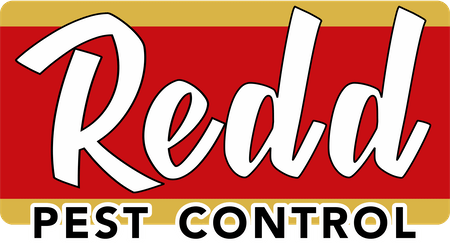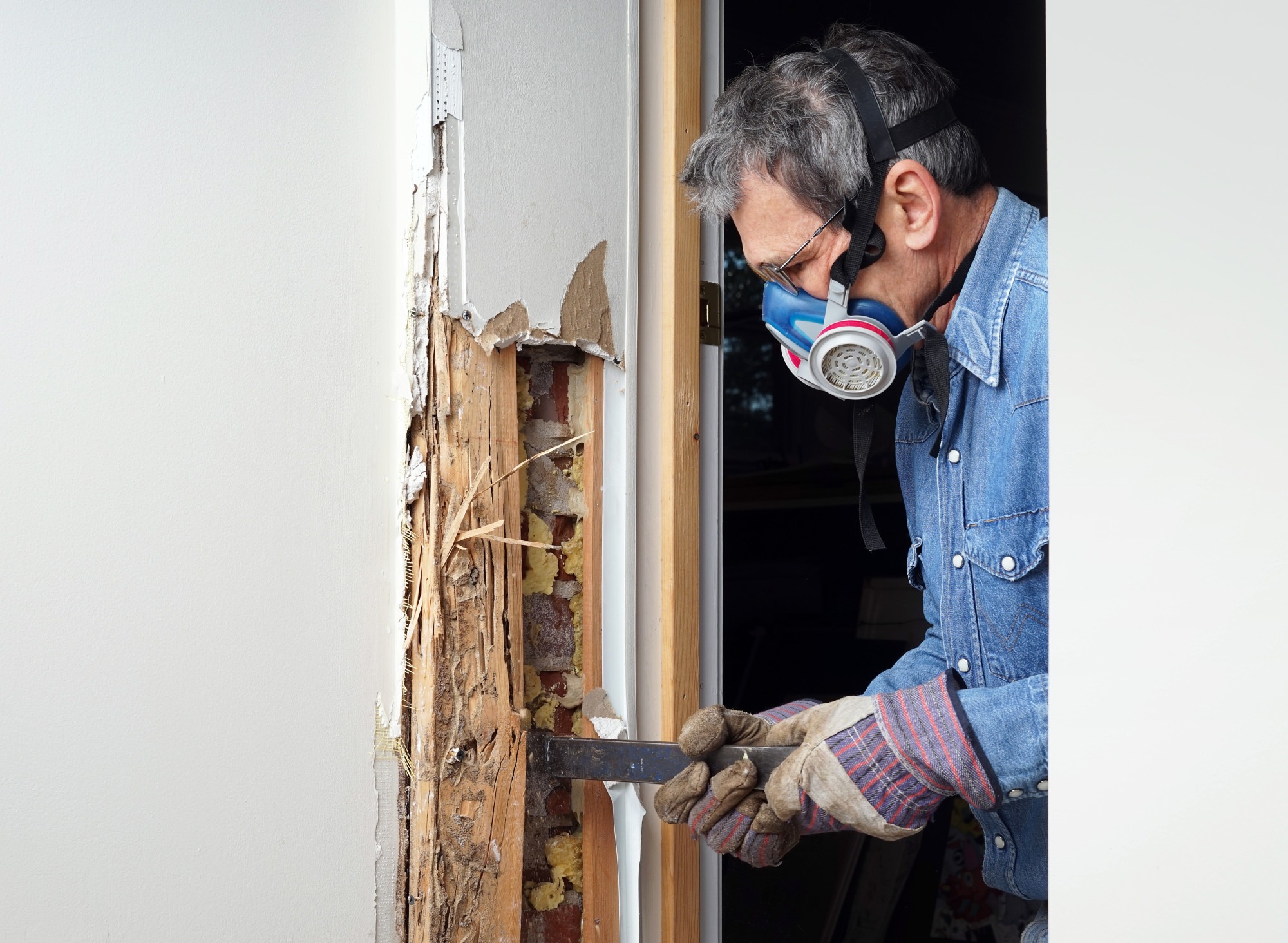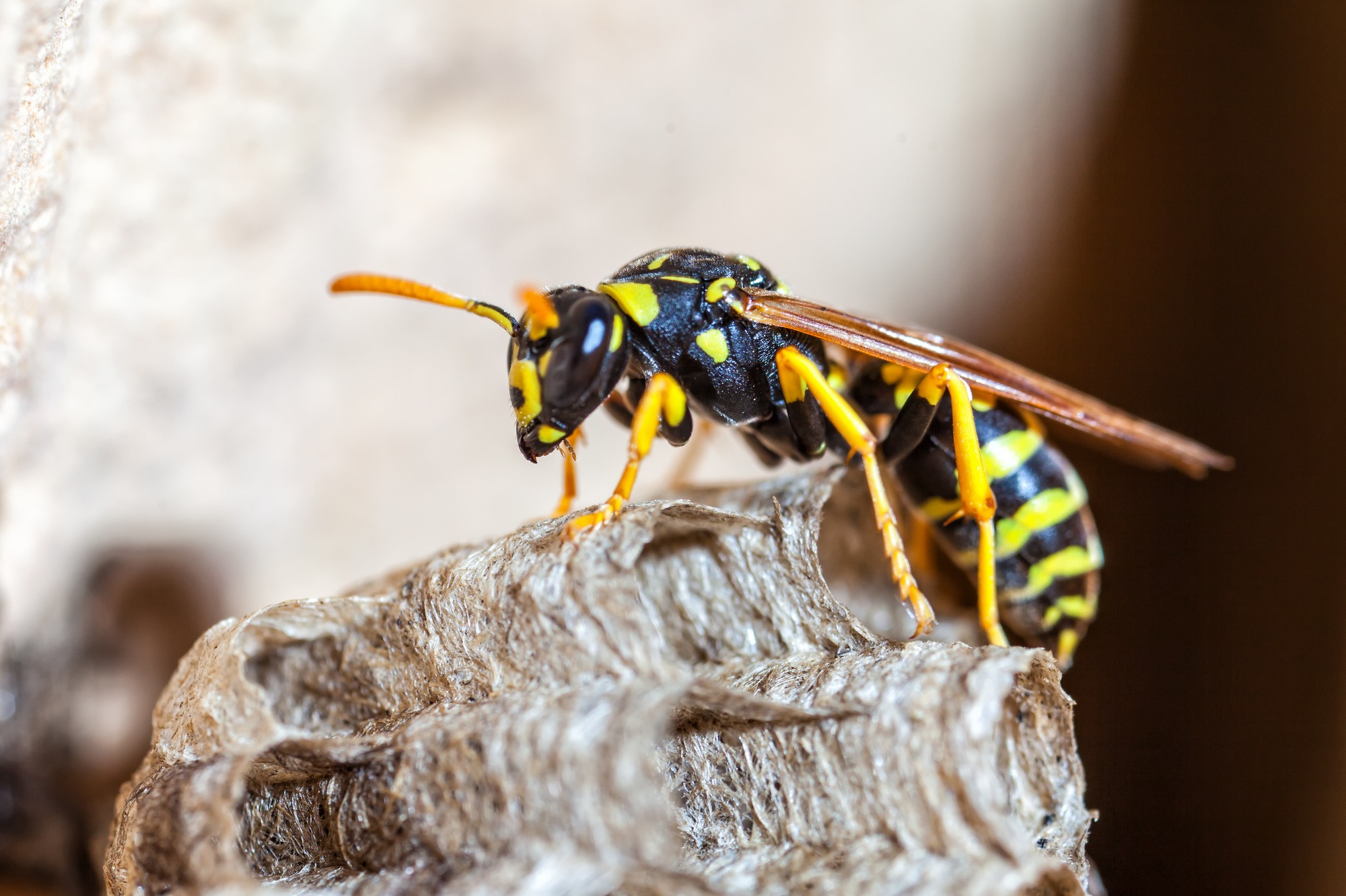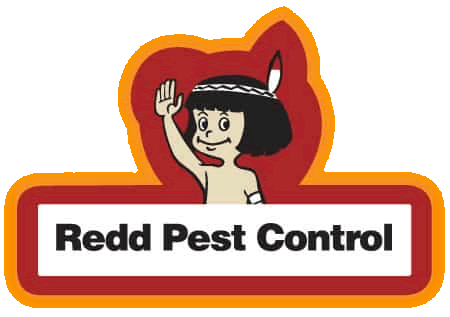Bed Bug Control: How to Get Rid of Them Once and For All
Bed bugs are some of the most common types of infestations that Americans can get, with approximately 1 in 5 Americans facing a bed bug infestation at some point in their life. This number increases drastically in urban cities.
But how do bed bug infestations happen? What prevents them? What are some methods of bed bug control?
If you're suspicious that your house is infested with bed bugs, then this article is designed for you.
What Are Bed Bugs?
Bed bugs are small, round little creatures that have a distinct brownish color. However, this brownish color changes to red after a bed bug finishes munching down on some blood. When the bugs are young, their color is almost transparent.
Adult bed bugs are about 1/4 inch long, and baby bed bugs are less than 5 mm. They are flat and round but can elongate and swell up after consuming blood.
Life Cycle
Bed bugs multiply at immensely fast rates because of how many eggs female bed bugs lay. On average, a female bed bug can lay around five eggs a day.
You might be thinking that's not too bad. But if there are more than a few females in a location, that number can increase dramatically.
Bed bugs go through a small life cycle. They stay as a nymph for five stages, increasing in size with every stage. Bed bugs reach adulthood at around 20 days.
What Do They Eat?
Well, bed bugs consume blood. They prefer humans but will have a snack on any other living organism with blood if it's available.
A common myth is that bed bugs are nocturnal and are not at all active during the day. The truth is, bed bugs are mostly active at night because that's when people are generally in their bed for longer periods of time.
Bed bugs find it easy to locate their human victims by sensing carbon dioxide and heat produced by our bodies.
Common Bed Bug Signs: How Do I Know I Have Them?
The most absolute way to know if you have bed bugs is to check if you have any bites. Bed bug bites look different on everyone, but they are generally represented by slightly swollen, red bumps. They usually come in pairs or groups of red bumps as well.
Some people may even show an immediate reaction right after a bite. Others, however, might not manifest a bite mark until days later.
Other signs of infestations include:
- finding bed bug fecal matter or eggs around your home
- spotting blood stains near your bed or sleeping area
- you begin to smell a pungent odor from the bed bug's glands
Depending on your location, you might be able to take any of the bed bug findings (droppings, shells, deceased bugs) to an expert nearby and have them identify what your infestation is. A good majority of Americans react almost immediately to spotting an infestation in their home and assume it's bed bugs. Chances are you actually either have fleas or cockroaches.
Can My House Even Get Bed Bugs?
Unfortunately, bed bugs are found in all 50 states. What's more, bed bugs can survive through very harsh temperature conditions such as freezing weather.
Bed bugs also don't discriminate when it comes to the cleanliness of your home. While regular cleaning, dusting, and rearranging can help protect against bed bugs, that does not completely eliminate your chances of getting infected.
Another common myth is that bed bugs are associated with dirty homes. Well, just like how having a clean home does not completely protect you against bed bugs, a dirty home does not automatically result in a bed bug infestation. The two can be related but they do not cause one another.
Bed bugs also love hitching rides on other convenient safe spaces. They're generally very shy creatures, so they like hiding in small and dark locations. That can mean that your suitcase can give them a ride to your house from the hotel you visited.
Bed Bug Control
If you find out you have bed bugs, do not worry! There are plenty of full-proof methods and products out on the market for bed bug pest control. Additionally, bed bugs do not usually spread diseases as fleas and cockroaches do, so there's no worry over that.
Most of their annoyance and worry comes from the itching you'll get from all the bites.
The first thing you want to do for bed bug pest control is to isolate whatever sleeping material you use. This means take your bed away from and mattress away from any other furniture or walls. Then, thoroughly clean your sheets and mattress with chemicals designed for bed bugs.
Place your mattress in a bedbug proof mattress cover and begin the cleaning process for the rest of the room. Vacuum and spray all surfaces, carpets, furniture, etc. and keep your mattress in the cover.
Stuff all your blankets, towels, curtains, and clothing into a plastic bag tightly secured and carry it to your laundry room (keep it closed!). Wash and completely dry everything and keep clean material away from the infested room.
Bed Bug Extermination
But hey if that doesn't work for you, we get it. Sometimes infestations can be so severe that common methods like cleaning can either not be effective or just consume too much time. That's when it's best to call an exterminator.
There are plenty of methods of bed bug extermination. One of course is using chemicals that are designed to get rid of the bugs for good. Another is using heat treatment to completely kill them with harsh heat.
At Redd pest control, we use the best and top-performing methods for removing bed bugs in your home. We can also take care of plenty of other pests such as fleas and ticks, so if your home is actually infested by those, we'll take care of it for you. More information can be found on our blog, so feel free to check that out.
Go ahead and give us a call today if you need bed bug control in the Shreveport area.
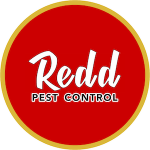
Redd Pest Control

